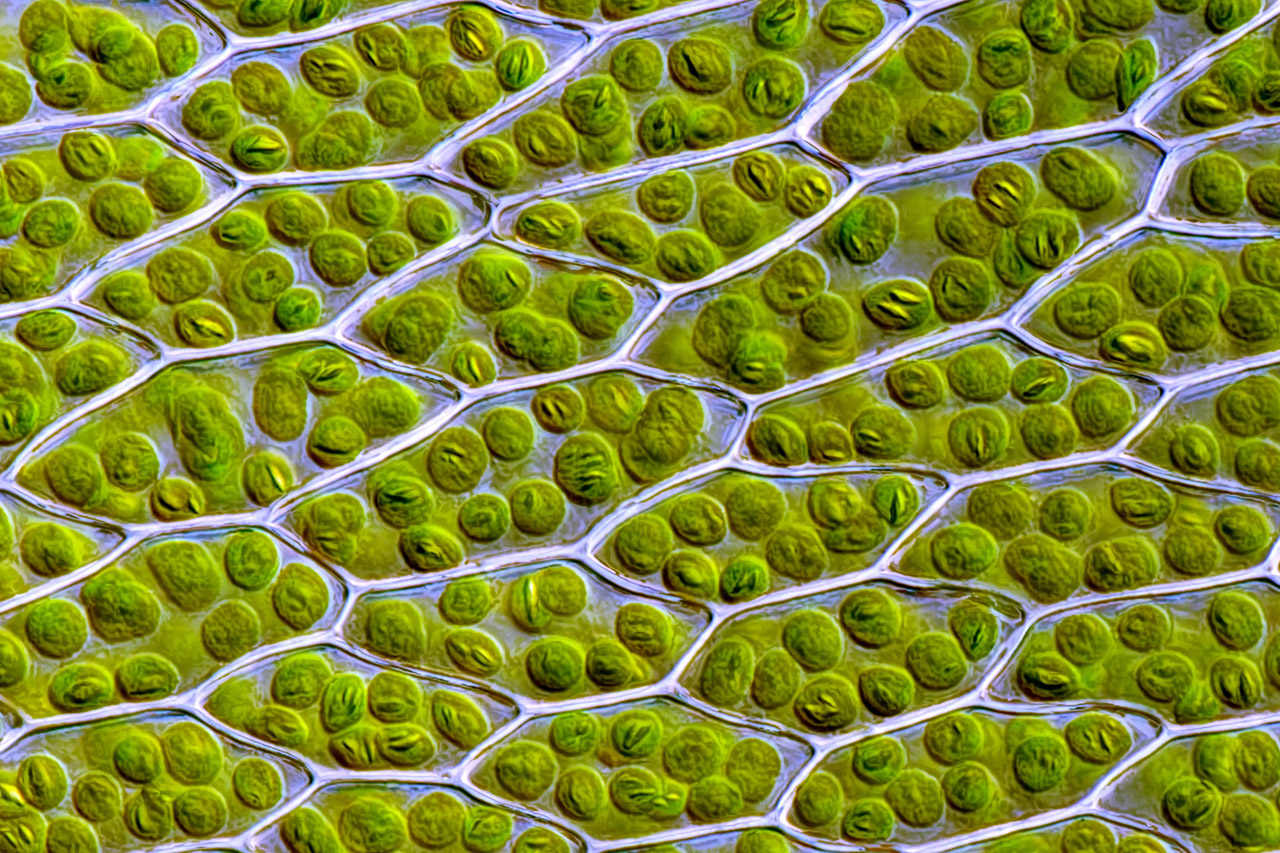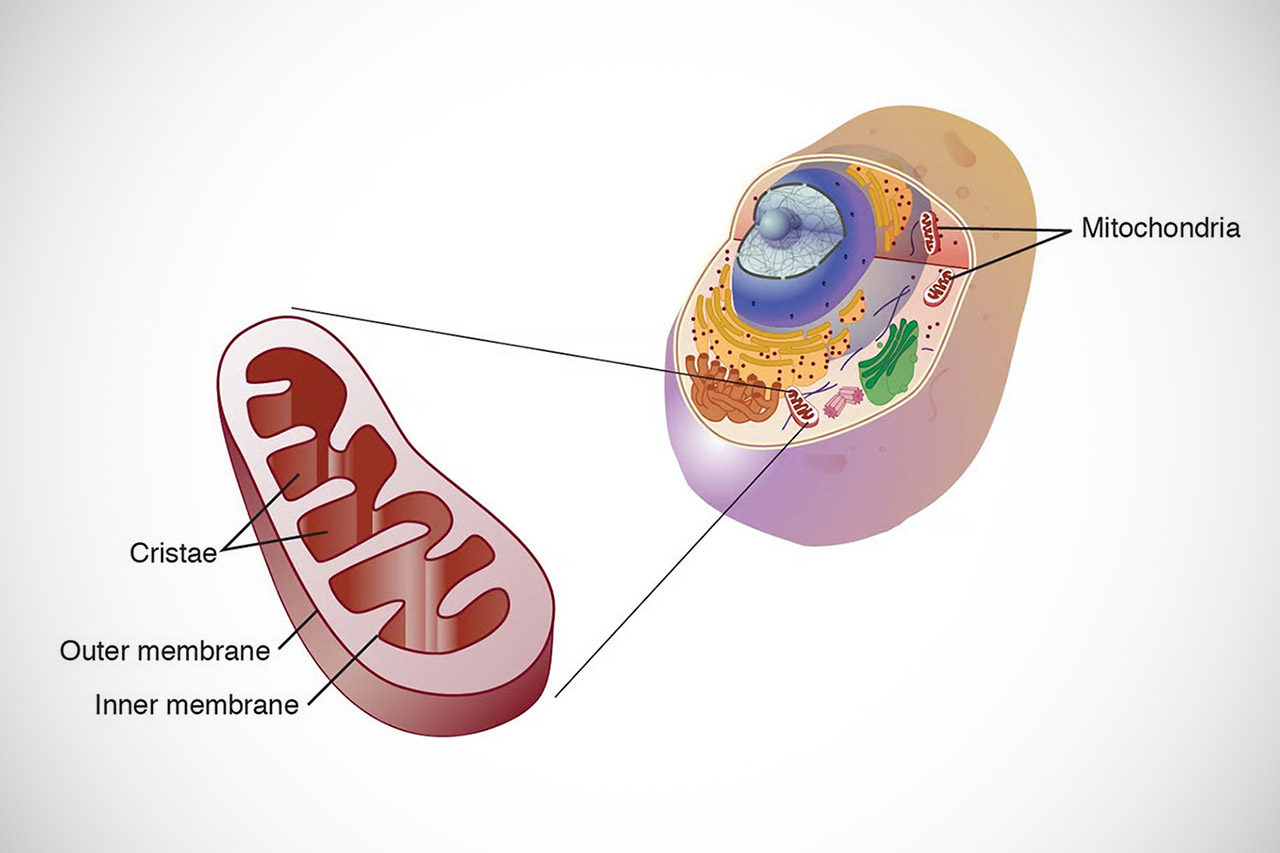
Scientists recently observed two lifeforms merging in a rare primary endosymbiosis event. More specifically, the first known nitrogen-fixing organelle merged with a eukaryotic cell, the fourth example in history of primary endosymbiosis.

Primary endosymbiosis refers to the process by which a prokaryotic cell is engulfed by a eukaryotic cell and evolves beyond symbiosis into an organelle. The organelle in this discovery has been officially named a nitroplast, and provides insight into ocean ecosystems since all organisms need nitrogen in a biologically usable form.
- 【4K WiFi Microscope New Generation】 Jiusion 4K 3840x2160P portable hand held microscope is a useful and funny magnification for kids, children,...
- 【Strong Compatibility】 Compatible with IOS iPhone, iPad, Android Phone and table, Mac, Windows XP 7 8 10 11, Linux, Chrome OS. Work wirelessly on...
- 【Features】 Built-in 8pcs bright LED lights, digital microscope's 2 adjusting knob can change the focus and brightness. The zoom + and - buttons...

It’s very rare that organelles arise from these types of things. The first time we think it happened, it gave rise to all complex life. Everything more complicated than a bacterial cell owes its existence to that event,” he said, referring to the origins of the mitochondria. “A billion years ago or so, it happened again with the chloroplast, and that gave us plants,” said Tyler Coale, a postdoctoral scholar at UC Santa Cruz.










